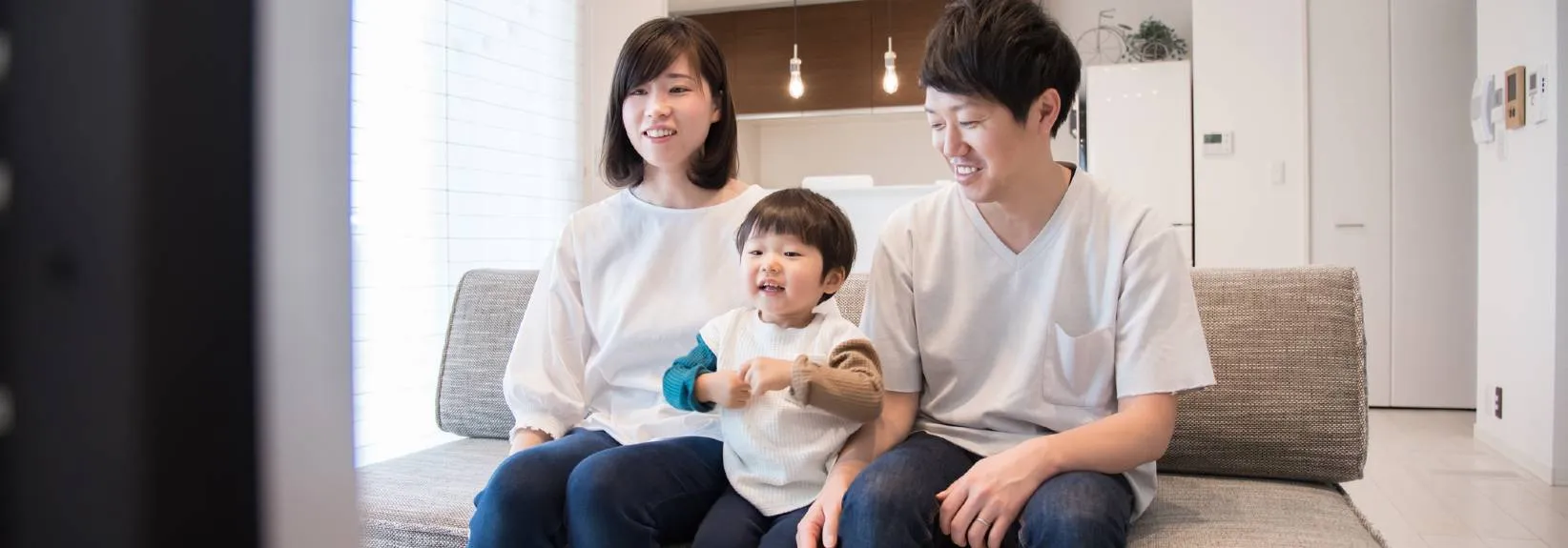How Do UV Lights for HVAC Systems Work?
When you hear the phrase ultraviolet light, you may imagine getting sunburned after a long day at the pool. However, UV light is also something you can use for enhancing indoor air quality. Sunscreen protects against UVA and UVB rays, but UVC is the form of light used in air purification. If you suffer from allergies or asthma or hope to reduce the spread of illnesses throughout your home, a UV light within the HVAC system could be the air quality solution you’ve been searching for!
How Does a UV Light Operate?
The germicidal influences of ultraviolet light have been recognized for more than a century. UVC rays were initially applied to treat tuberculosis. These days, germicidal lamps are common in hospitals, food processing plants, water treatment plants and air purification systems. A UV lamp installed into your HVAC unit boosts the air quality in your home by deactivating microorganisms such as bacteria, viruses, mold and more. It only takes 10 seconds of contact to affect these germs’ DNA, killing them or preventing them from replicating. UV lights also address volatile organic compounds (VOCs) used in cleaners and repellents alongside airborne bioaerosols like pollen and pet dander. However, UV lights don’t physically ‘trap’ contaminants, so you still require an air filtration system to remove dust, fibers and other particles from your indoor air.How Effective Are UV Lights?
As long as they are installed properly and use the right wavelength of UV light, germicidal lamps are very effective at improving indoor air quality. One study completed by Duke University found that UV light eliminated more than 97 percent of drug-resistant bacteria from the air in hospital rooms. Another report revealed “significantly lower” fungal levels inside a commercial business’ HVAC unit after four months of applying a UV light.Benefits of UV Lights
Install an ultraviolet lamp in your HVAC system to take advantage of these benefits:-
- Cleaner indoor air: UV light technology helps clean the air 24 hours a day without dispersing chemicals into the environment. Compared to other air purifiers, ultraviolet lamps don’t generate ozone, a recognized lung irritant that is very toxic to those with asthma, allergies or frequent lung diseases.
-
- Lower likelihood of getting sick: When used in tandem with good personal hygiene, germ-killing UV lamps can minimize the chance of getting viral and bacterial infections.
-
- Protection for your HVAC system: Mold, fungi and bacteria can clog up your heating and cooling equipment. Keep the system operating smoothly and efficiently with a quality UV light.
-
- Lower HVAC maintenance and repair needs: With an inherently cleaner central HVAC system, you enjoy more manageable maintenance requirements and fewer emergency repairs. These savings can help recoup the cost of utilizing a UV light and replacing the bulb.
